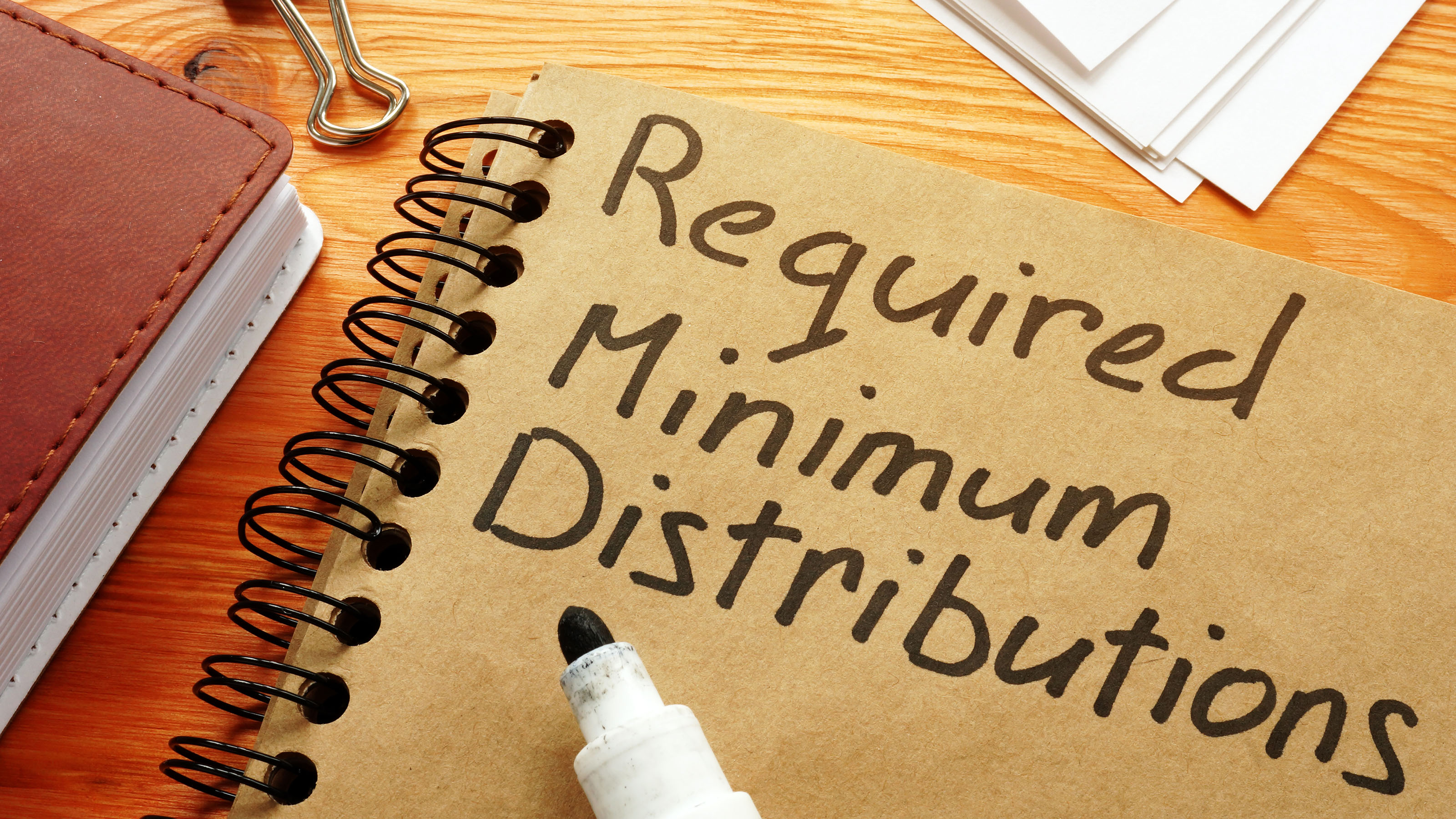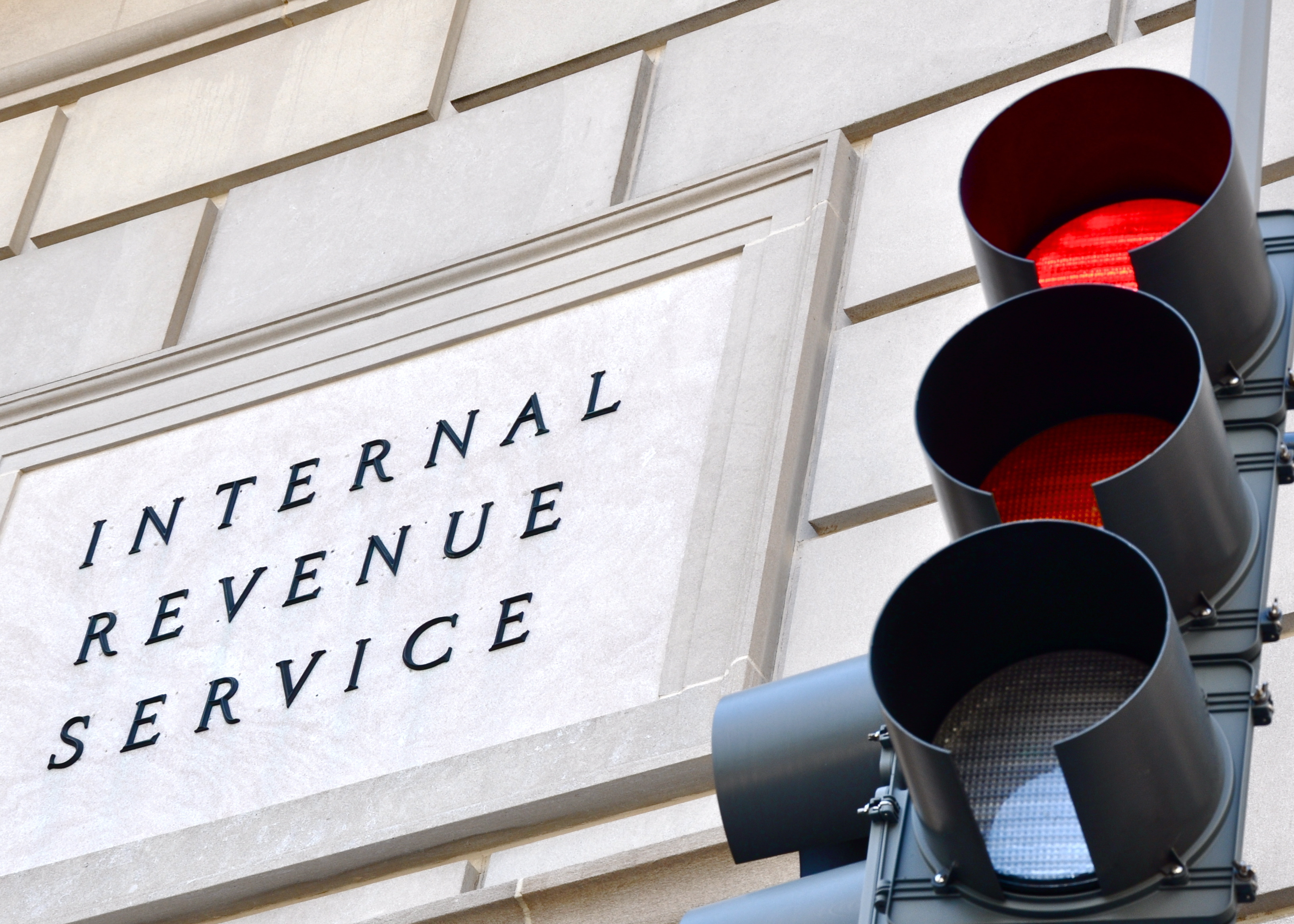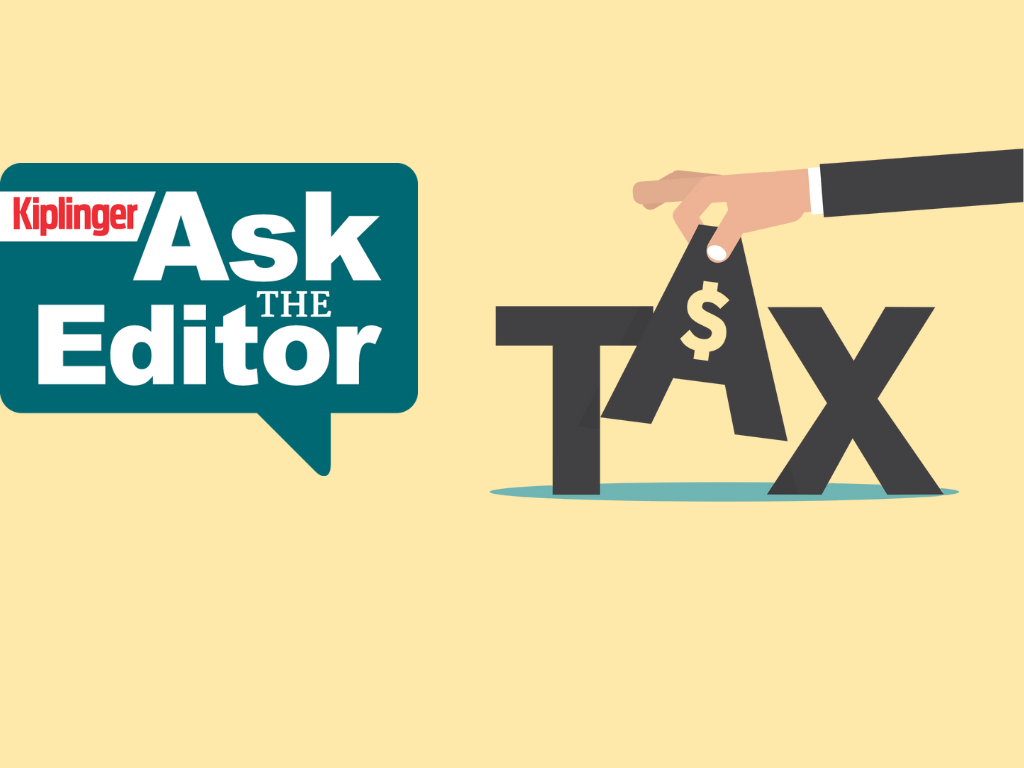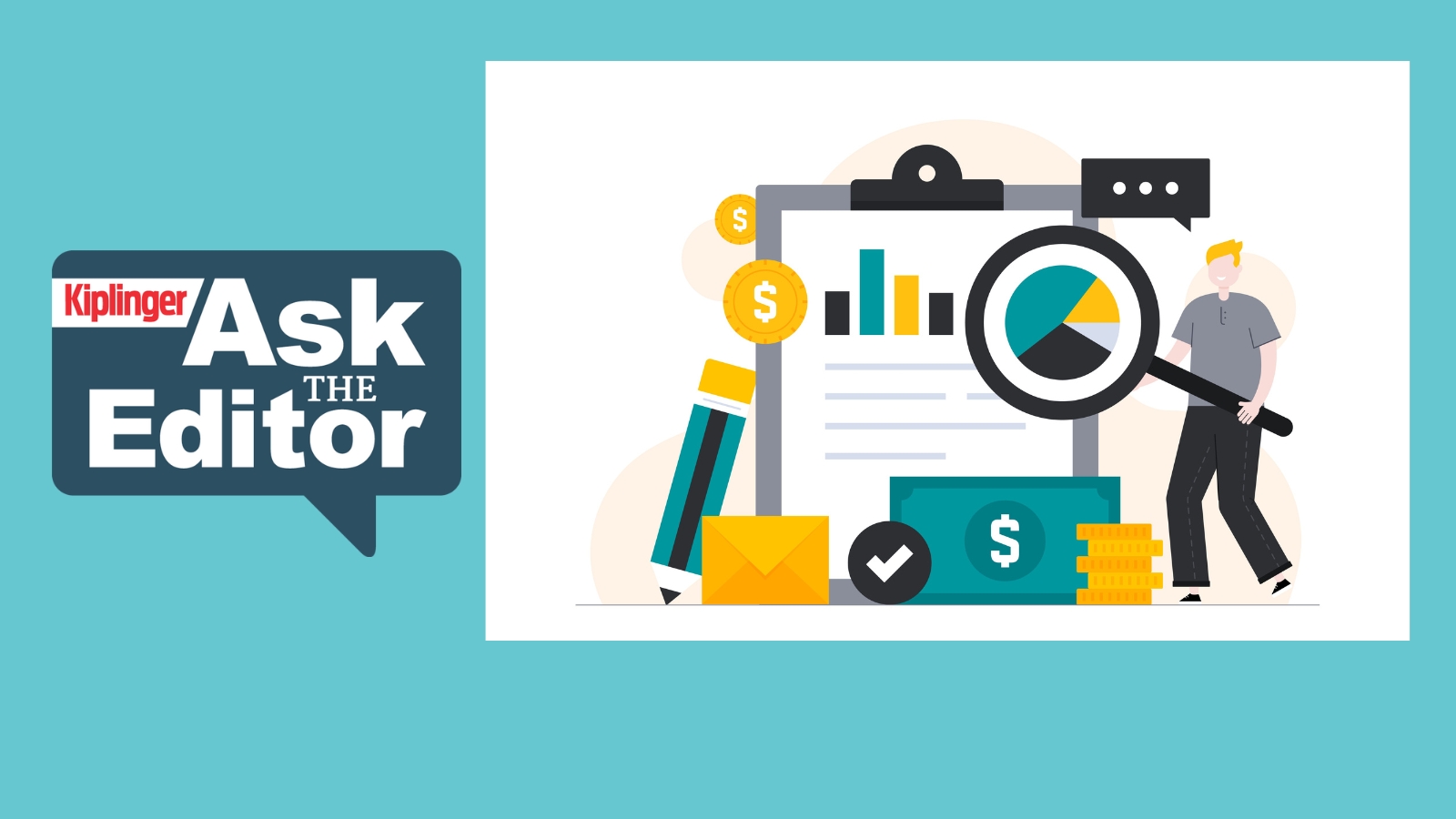The Downside of Delaying RMDs
Thanks to the SECURE 2.0 Act, the age for required minimum distributions is going up. However, don't automatically assume you'll benefit from this change.

Rocky Mengle
It took more than four decades for Congress to raise the age for required minimum distributions in 2019 from 70½ to 72. But just three years later, it has been raised again. The SECURE 2.0 Act of 2022, which was signed by President Biden on December 29, aims to make it easier for Americans to save for retirement by, among other things, raising the RMD age to 73 on January 1, 2023, and then to 75 on January 1, 2033.
Having three more years of tax-deferred growth in your retirement savings accounts, however, is a mixed bag. "Everyone likes when you delay RMDs," says Ed Slott, president of Ed Slott and Co., which provides IRA training to financial advisers. "But waiving RMDs or putting them off doesn't help most people."
In fact, taking RMDs later could hurt. The amount of these required withdrawals from traditional IRAs and 401(k)s is based on both the account balance at the end of each year and the account owner's life expectancy as determined by the IRS's Uniform Lifetime Table. By delaying RMDs, retirees may be forced to make bigger withdrawals from an account that is likely to have a larger balance because it had more time to grow. That can have tax implications.
From just $107.88 $24.99 for Kiplinger Personal Finance
Be a smarter, better informed investor.

Sign up for Kiplinger’s Free Newsletters
Profit and prosper with the best of expert advice on investing, taxes, retirement, personal finance and more - straight to your e-mail.
Profit and prosper with the best of expert advice - straight to your e-mail.
Of course, raising the RMD age is appropriate given today's longer life expectancies. In the mid-1970s, when the Employee Retirement Income Security Act, or ERISA, first authorized IRAs, U.S. life expectancy at birth was 72.6 years, according to the Centers for Disease Control and Prevention. By 2021, that age, according to the CDC, has increased to 76.4 years.
Raising the RMD age does give retirees more flexibility. Savers can still take distributions before age 75 or, if they can afford to, leave the funds alone a few more years. "This just gives you options but doesn't force you to do anything you don't want to do," says Catherine Reilly, head of retirement solutions at Smart USA, a retirement plan provider.
[Get a free issue of The Kiplinger Tax Letter, with timely tax advice and guidance to help protect your hard-earned wealth as the tax laws change. No information is required from you to get your free copy.]
The delay also gives people more time to convert a traditional IRA to a Roth IRA before RMDs kick in, which can have tax advantages. (You can still convert to a Roth after you start taking distributions, but before the conversion you must take your RMD for that year.) Roth IRAs have no RMDs, and because the accounts are funded with post-tax dollars, withdrawals in retirement are tax-free.
For most seniors, though, the new legislation is unlikely to matter. The Treasury Department recently estimated that about 20% of seniors required to take RMDs withdraw only the minimum amount. That implies that most people taking RMDs need the money for living expenses and are unlikely to delay distributions if given the choice. Pushing the RMD age back will be a "nonevent" for the majority of retirees, according to Paul Camhi, vice president at investment advisory firm The Wealth Alliance. "Most can't afford to wait until 72, let alone until age 75."
If you can afford to wait, be prepared for a tax hit. Because RMDs are taxed as income, taking a larger sum later could nudge you into a higher tax bracket. As a result, more of your Social Security benefits may be taxed or you could lose out on certain deductions and credits if higher RMDs push you past income requirements. Even Medicare premiums for Parts B and D, which are based on income, could be higher. "There are ripple effects from having more income," Slott says.
No matter what happens, don't assume that waiting to take RMDs is always better. Instead, calculate how your RMDs would change if you take them later. "Try and get the money out at the lowest tax rate possible," Slott says. "That may mean spreading the RMDs over more years to stay in a lower tax bracket. Pushing it back to 75 may not be doing yourself a favor long term."
Profit and prosper with the best of Kiplinger's advice on investing, taxes, retirement, personal finance and much more. Delivered daily. Enter your email in the box and click Sign Me Up.
Jackie Stewart is the senior retirement editor for Kiplinger.com and the senior editor for Kiplinger's Retirement Report.
-
 Small Caps Hit First New High in 4 Years: Stock Market Today
Small Caps Hit First New High in 4 Years: Stock Market TodayThe Dow Jones Industrial Average, S&P 500 and Nasdaq Composite also notched fresh record highs Thursday.
-
 Amex Platinum Just Got More Expensive: $895 Fee and $3,500 in Perks Explained
Amex Platinum Just Got More Expensive: $895 Fee and $3,500 in Perks ExplainedAmerican Express raises the Platinum Card’s annual fee to $895 and expands its perks. We break down the changes so you don’t have to.
-
 IRS Paper Checks Deadline: What Happens After September 30?
IRS Paper Checks Deadline: What Happens After September 30?Tax Changes Avoid delays when IRS tax refunds and Social Security paper checks are cut off. Here’s what to know.
-
 Ask the Editor, September 12: Tax Questions on 529 Plan Rollovers to a Roth IRA
Ask the Editor, September 12: Tax Questions on 529 Plan Rollovers to a Roth IRAAsk the Editor In this week's Ask the Editor Q&A, we answer four questions from readers on transferring 529 plan money to a Roth IRA.
-
 New Bill Would End Taxes on Social Security Benefits in 2026: What Retirees Should Know
New Bill Would End Taxes on Social Security Benefits in 2026: What Retirees Should KnowTax Law Congress could look to high earners to help offset lost revenue and possibly shore up the Social Security program.
-
 IRS in Turmoil: GOP Budget Cuts and Staff Shake-Ups Threaten Taxpayer Services
IRS in Turmoil: GOP Budget Cuts and Staff Shake-Ups Threaten Taxpayer ServicesIRS Republican lawmakers advance a controversial budget bill that would gut IRS funding further, risking your 2026 tax filing season.
-
 Ask the Editor, September 5: Tax Questions on SALT Deduction
Ask the Editor, September 5: Tax Questions on SALT DeductionAsk the Editor In this week's Ask the Editor Q&A, we answer questions from readers on the OBBB's changes to the SALT deduction.
-
 Claiming the Standard Deduction? Here Are 10 Tax Breaks For Middle-Class Families in 2025
Claiming the Standard Deduction? Here Are 10 Tax Breaks For Middle-Class Families in 2025Tax Breaks Working middle-income Americans won’t need to itemize to claim these tax deductions and credits — if you qualify.
-
 Another State Rebels Against Trump’s New 2025 Tax Law: What Now?
Another State Rebels Against Trump’s New 2025 Tax Law: What Now?State Taxes Even if states adopt tax policies in the so-called ‘big beautiful bill,’ lawmakers may have workarounds at their fingertips.
-
 Ask the Editor, August 29: Tax Questions on Estate and Gift Taxes
Ask the Editor, August 29: Tax Questions on Estate and Gift TaxesAsk the Editor In this week's Ask the Editor Q&A, we answer questions from readers on estate and gift taxes.